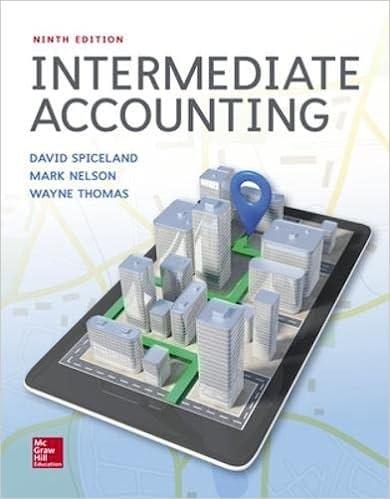The balance sheet and disclosure of significant accounting policies taken from the 2016 annual report of Wal-Mart
Question:
The balance sheet and disclosure of significant accounting policies taken from the 2016 annual report of Wal-Mart Stores, Inc., appear below. Use this information to answer the following questions:
.png)
1. What are the asset classifications contained in Walmart's balance sheet?
2. What amounts did Walmart report for the following items for 2016:
a. Total assets
b. Current assets
c. Current liabilities
d. Total equity
e. Retained earnings
f. Inventories
3. What is Walmart's largest current asset? What is its largest current liability?
4. Compute Walmart's current ratio for 2016.
5. Identify the following items:
a. The company's inventory valuation method
b. The definition of cash equivalents
NOTES TO CONSOLIDATED FINANCIAL STATEMENTS
WAL-MART STORES, INC.
1 Summary of Significant Accounting Policies (in part)
Cash and Cash Equivalents
The Company considers investments with a maturity of three months or less when purchased to be cash equivalents.
Inventories
The Company values inventories at the lower of cost or market as determined primarily by the retail method of accounting, using the last-in, first-out ("LIFO") method for substantially all of the Walmart U.S. segment's merchandise inventories. Inventories for the Walmart International operations are primarily valued by the retail method of accounting, using the first-in, first-out ("FIFO") method. At January 31, 2016 and 2015, our inventories valued at LIFO approximate those inventories as if they were valued at FIFO.
Revenue Recognition
The Company recognizes sales revenue net of sales taxes and estimated sales returns at the time it sells merchandise to the customer. Customer purchases of shopping cards are not recognized as revenue until the card is redeemed and the customer purchases merchandise by using the shopping card. The Company also recognizes revenue from service transactions at the time the service is performed. Generally, revenue from services is classified as a component of net sales on our consolidated statements of income.
Maturity is the date on which the life of a transaction or financial instrument ends, after which it must either be renewed, or it will cease to exist. The term is commonly used for deposits, foreign exchange spot, and forward transactions, interest...
Step by Step Answer:

Intermediate Accounting
ISBN: 9781259722660
9th Edition
Authors: J. David Spiceland, James Sepe, Mark Nelson, Wayne Thomas





